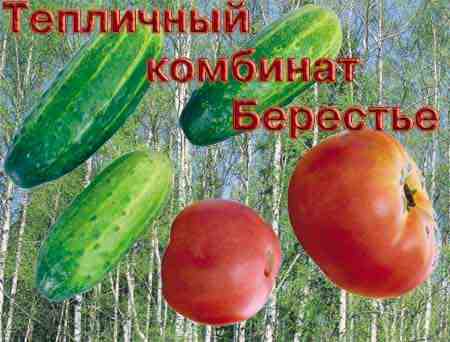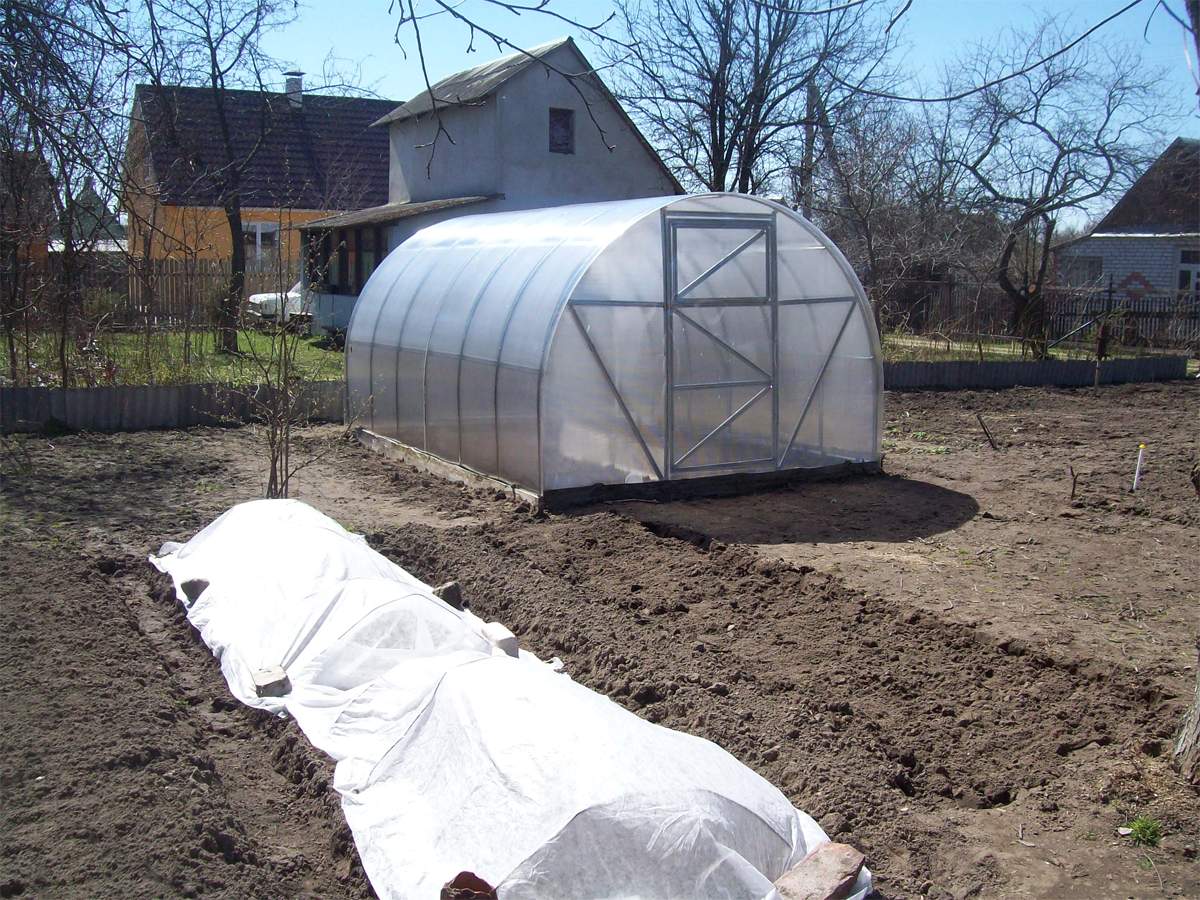Short summary of article about: growing Perettito in greenhouses – care and outcome.
Perettito in the Greenhouse
The first vegetable gardens appeared a very long time ago; as a rule, their emergence was connected with religious prohibitions on eating meat on certain days. Therefore, monasteries and churches, on plots allocated to the church, always had their own so‑called "gardener" who looked after the plantings. In France, wealthy monasteries had entire kitchen estates where not only lettuce and leaf lettuce were grown, but up to 50 kinds of various vegetable and other crops.

In Russia, centralized vegetable gardens appeared in the 18th century, at first, as in Europe, only in monasteries and at churches; later, Russian princes on their estates also began to cultivate vegetables and fruits. The best known gardens were the "royal gardens" in the village of Izmailovskoye. There were two so‑called "royal gardens", each having its own name. The first garden was called "Vineyard" — why it had that name is unknown; they did not grow grapes there, but ordinary white cabbage. But apparently in Russia it's always like that — "the garden's name does not answer for the cabbage stump." The second garden was called "Millet", where cucumbers, watermelons, melons, and dill were grown in frames and greenhouses.
Today, in greenhouses and frames across the vast expanses of our Russia, amateur gardeners grow practically everything: tomatoes, cucumbers, lettuce, pumpkins, seedlings, rare flowers, basil, celery, melons, and so on.
Tomatoes are one of Russians' favorite crops — there are so many varieties: grape (cluster) tomatoes, bush fruit, cherry or "cherry" tomatoes; "Perettito" tomatoes in yellow and red, and so on. And all this is grown by ordinary Russians on their plots in our not particularly favorable climate. The main thing, according to experienced gardeners, is to have a good greenhouse or frame with the "right" covering. Polycarbonate greenhouses are considered the most popular among specialists. Cellular polycarbonate is a material unique in its properties. Cellular polycarbonate for greenhouses has two or three layers joined by ribs of stiffness. On top it has a special coating that protects plants from UV radiation. As is known, for good growth plants need water, light, warmth, and nutrients. Light is necessary for photosynthesis, while excessive ultraviolet radiation is very harmful to them.
Just as concentrated rays are harmful, in a greenhouse made of cellular polycarbonate the rays are diffused, scattered across the surface of the plastic, and reach the plants as even illumination. Last year a group of scientists conducted an experiment comparing plant growth, germination, and yields in an ordinary glass greenhouse and in a greenhouse made of cellular polycarbonate. It was found that in greenhouses and frames made of cellular polycarbonate tomato yields were 25% higher, while the plants were less prone to disease and grew faster. Cucumber yields were 30% higher in cellular polycarbonate greenhouses and frames compared with glass greenhouses. Considering the increased thermal insulation of cellular polycarbonate greenhouses and frames, energy savings were about 30% compared with glass greenhouses.
Currently, various options for greenhouses and frames for cellular polycarbonate are on sale. For example, the company "TeploStroy" offers several options, including simple frames and large greenhouses with vents for opening and doors. Prices for greenhouses depend on length and structural features. The polycarbonate greenhouses from "TeploStroy" have a metal frame made of galvanized profile. The greenhouses from the company "TeploStroy" do not require a special foundation and, thanks to special stable "legs", are easily installed on the ground.
Growing tomatoes, cucumbers, greens, etc. on your plot without expending great effort — that is the main task of the average Russian in our time of crisis, and greenhouses and frames made of cellular polycarbonate can help achieve this.

A polycarbonate greenhouse has two door openings at opposite ends and vents in the doors. The kit includes everything necessary for fastening the polycarbonate to the greenhouse.
The "Kinovskaya" greenhouse is supplied in a standard size of 4x3x2.10 m; lengths of 6 m, 8 m, etc. can be obtained by adding +2 m sections.
The polycarbonate is fastened to the greenhouse using galvanized ties on each arch, while the cellular polycarbonate remains intact — no holes are made in it, which prolongs the service life of the polycarbonate!
The distance between arches is 66 cm. Since the tie consists of two parts, they are attached to the legs of the greenhouse and pulled together with a bolt and nut. The advantage of this fastening is that the cellular polycarbonate has freedom of movement under the ties to accommodate temperature changes (it expands when heated and contracts when cooled).
Transportation and assembly of the greenhouse are simple and can be carried out with the participation of two people. The delivery set includes detailed video and printed assembly and installation instructions. The manual describes every step of installation in detail, so you can assemble the greenhouse yourself without resorting to professional help.